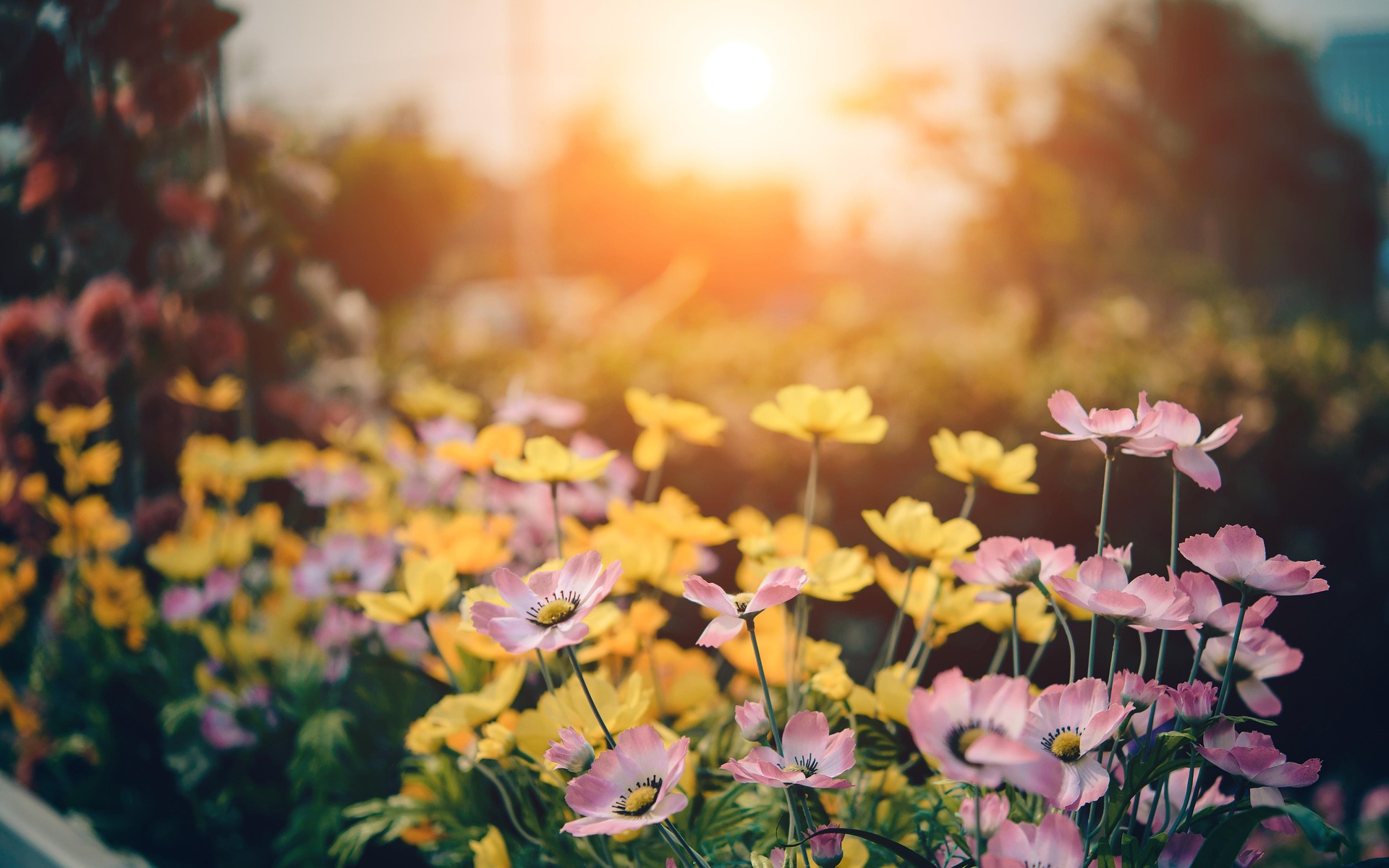Biodynamic Floral Clocks: Timekeeping Through Nature's Rhythms
In an era where digital screens dominate our attention, a captivating horticultural trend is blossoming in gardens across the globe. Biodynamic floral clocks, also known as horologium florae, are reimagining the concept of timekeeping through the natural rhythms of flowers. This innovative fusion of botany and chronometry not only serves as a stunning visual centerpiece but also reconnects us with nature's inherent timekeeping mechanisms.

The Roots of Floral Timekeeping
The concept of using flowers to tell time dates back to ancient civilizations, where agrarian societies closely observed plant behaviors to guide their daily activities. However, it was the renowned Swedish botanist Carl Linnaeus who first formalized the idea of a floral clock in the 18th century. Linnaeus meticulously cataloged the opening and closing times of various flowers, creating a comprehensive schedule that could theoretically tell time throughout the day.
Linnaeus’s work laid the foundation for what we now know as circadian biology—the study of living organisms’ internal clocks. His floral clock concept, while revolutionary, was largely theoretical and faced challenges in practical implementation due to variations in climate and daylight hours across different regions.
The Science of Floral Chronobiology
At the heart of biodynamic floral clocks lies the fascinating field of chronobiology—the study of biological rhythms in living organisms. Plants, like humans, have internal clocks that respond to environmental cues such as light, temperature, and humidity. These circadian rhythms govern various plant behaviors, including the opening and closing of flowers.
Different plant species have evolved to bloom at specific times of the day, a phenomenon known as circadian gating. This evolutionary adaptation helps plants maximize their exposure to pollinators and protect their reproductive organs from adverse environmental conditions. By carefully selecting and arranging plants with different blooming schedules, gardeners can create a living timepiece that marks the hours through a succession of opening flowers.
Designing Your Living Timepiece
Creating a biodynamic floral clock requires careful planning and plant selection. The key is to choose a diverse array of flowers that open at different times throughout the day. Some popular choices include:
-
Morning glory (Ipomoea purpurea): Opens at dawn
-
California poppy (Eschscholzia californica): Opens mid-morning
-
Gazania (Gazania rigens): Opens late morning
-
Portulaca (Portulaca grandiflora): Opens at noon
-
Four o’clock (Mirabilis jalapa): Opens in late afternoon
-
Evening primrose (Oenothera biennis): Opens in early evening
-
Moonflower (Ipomoea alba): Opens at night
To design your floral clock, arrange these plants in a circular pattern, with each species occupying a segment corresponding to its blooming time. Consider factors such as plant height, color, and texture to create a visually appealing composition. Incorporate pathways and seating areas to allow for easy observation and enjoyment of your living timepiece throughout the day.
Maintenance and Care
Maintaining a biodynamic floral clock requires attentive care to ensure that plants bloom consistently and on schedule. Here are some key considerations:
-
Soil preparation: Ensure well-draining, nutrient-rich soil to support healthy plant growth.
-
Watering: Maintain consistent moisture levels, avoiding overwatering which can disrupt blooming patterns.
-
Sunlight exposure: Position your floral clock in an area with adequate sunlight throughout the day.
-
Temperature control: Some plants may require protection from extreme temperatures to maintain their blooming schedule.
-
Pruning and deadheading: Regular maintenance helps encourage continuous blooming and prevents plants from becoming overgrown.
-
Seasonal adjustments: Be prepared to modify your plant selection as seasons change to maintain year-round timekeeping functionality.
Beyond Timekeeping: The Multifaceted Benefits of Floral Clocks
While the primary function of a biodynamic floral clock is to mark the passage of time, its benefits extend far beyond mere chronometry. These living timepieces offer a myriad of advantages for both gardeners and the surrounding ecosystem:
-
Educational tool: Floral clocks serve as excellent educational resources, teaching observers about plant biology, circadian rhythms, and the interconnectedness of nature.
-
Pollinator haven: The diverse array of flowers attracts a wide variety of pollinators, supporting local ecosystems and biodiversity.
-
Stress reduction: Observing the rhythmic opening and closing of flowers can have a calming effect, reducing stress and promoting mindfulness.
-
Artistic expression: The design of a floral clock allows for creative expression, combining horticultural knowledge with artistic sensibilities.
-
Conversation starter: A unique garden feature like a floral clock can spark interesting conversations and foster community engagement.
Adapting Floral Clocks for Various Settings
The versatility of biodynamic floral clocks allows for their implementation in a variety of settings beyond private gardens:
-
Public parks: Large-scale floral clocks can serve as stunning centerpieces in public spaces, offering both educational and aesthetic value.
-
School gardens: Educational institutions can use floral clocks to teach students about botany, circadian rhythms, and environmental science.
-
Botanical gardens: Specialized floral clocks featuring rare or exotic species can showcase botanical diversity and conservation efforts.
-
Corporate campuses: Companies can incorporate floral clocks into their landscaping to create unique, nature-inspired outdoor spaces for employees.
-
Retirement communities: Floral clocks can provide engaging, low-impact gardening opportunities for seniors, promoting physical activity and mental stimulation.
The Future of Floral Timekeeping
As we look to the future, the concept of biodynamic floral clocks continues to evolve. Emerging technologies and scientific advancements are opening up new possibilities for enhancing these living timepieces:
-
Smart sensors: Integration of IoT devices can provide real-time data on plant health, blooming patterns, and environmental conditions, allowing for more precise management of floral clocks.
-
Augmented reality: AR applications could offer visitors enhanced experiences, providing information about each plant species and visualizing blooming patterns throughout the day.
-
Climate-adaptive varieties: Development of new plant varieties with more predictable blooming schedules could improve the accuracy of floral clocks in varying climates.
-
Vertical and indoor adaptations: Innovations in vertical gardening and indoor plant cultivation could bring floral clocks to urban environments with limited ground space.
Conclusion
Biodynamic floral clocks represent a harmonious blend of horticultural science, artistic design, and ancient wisdom. By reintroducing this captivating concept to modern gardens, we not only create stunning visual displays but also forge deeper connections with the natural rhythms that govern our world. As we embrace this innovative approach to timekeeping, we cultivate spaces that nourish our senses, educate our minds, and remind us of the intricate dance between time and nature. In an age of digital distraction, the gentle unfolding of petals offers a poignant reminder to pause, observe, and synchronize our own rhythms with the timeless pulse of the natural world.





